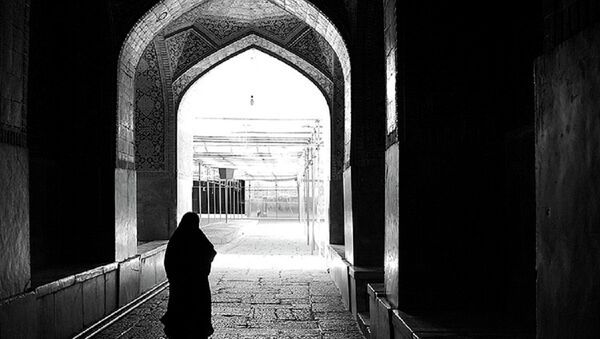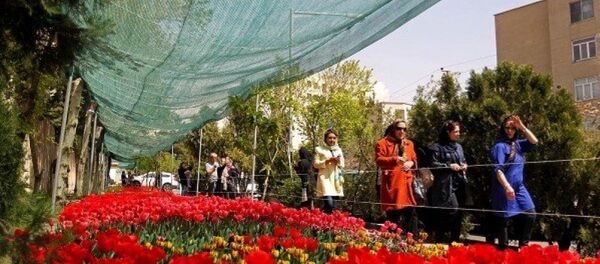Several of the female flight attendants asked to be removed from flying this route as a protest against the company's administration which was making it compulsory for them to wear hijab upon arrival to Tehran.
The flight attendants won the legal battle with Air France announcing that it will allow its employees to fly to other routes if they do not want to fly to Iran.
This incident though has propelled the anti-hijab campaign to new light. Iranian women for over two years now have been campaigning on Facebook under the slogan “My Stealthy Freedom” The organizers of this campaign have asked foreign women who visit Iran to take photos of themselves without a hijab and upload it to the campaign’s page.
The campaign has nearly half a million of followers fighting against wearing a hijab compulsory. All the protesters share a common goal — to ensure that Iranian women can choose their own clothes. They believe that wearing the hijab is a tribute to culture and religion is a private matter. Women should not be punished just like in other countries as there is no punishment for choosing a style of clothing or makeup.
Since the beginning of the Islamic revolution in Iran all women are required to wear a hijab, which covers the head and body. However, gradually Iranian women began to change their views on wearing hijab.
Some have been arrested and sentenced to heavy fines. During 10 months of 2015, over 40,000 women had their cars seized by the traffic police during their raids. In 2014, about three million people received official warnings from the Ershad police, which is the official Iranian police responsible for controlling “morality” in the country.
In recent years, the hijab has increasingly acquired a political coloring. Although, the situation has in fact always been polarizing according to US-Iranian writer Azadeh Moavenisaid. “For the Iranian officials, the hijab is of great symbolic importance…. Loosen the hijab, they think, and hell will break loose; people will want to drink beer on the street and read uncensored novels. They believe the hijab is a gateway to freedom.”
Therefore, the “hijab issue” is a matter of concern to Iran's conservative establishment. Thus, the supreme leader of Iran, Ayatollah Khamenei said that women wearing the hijab “save our society from sinking into corruption and confusion.”
Hence, Ayatollah Khamenei rejects any discussion on the hijab, which is considered one of the cornerstones of the Islamic Republic.
But the reformists have a different opinion about the matter. Elected at the last parliamentary elections to the Majlis, Parvaneh Salahshori said, “Iranian women want a change. We want to have a voice in society on an equal basis with men and are willing to do anything to stop the practice of discrimination. We ourselves must decide whether to go to the polls or not, or even whether to wear the hijab.”
According to Elena Dunaeva from the Institute of Oriental Studies RAN, “Currently, the mass innovation in all spheres of Iranian society, including on the issue of the hijab, has reached a critical point and is ready to change the balance of modern and traditional in favor of the former. The youth, intellectuals, the urban middle classes, albeit some reservations, have a positive perception regarding these innovations.”




